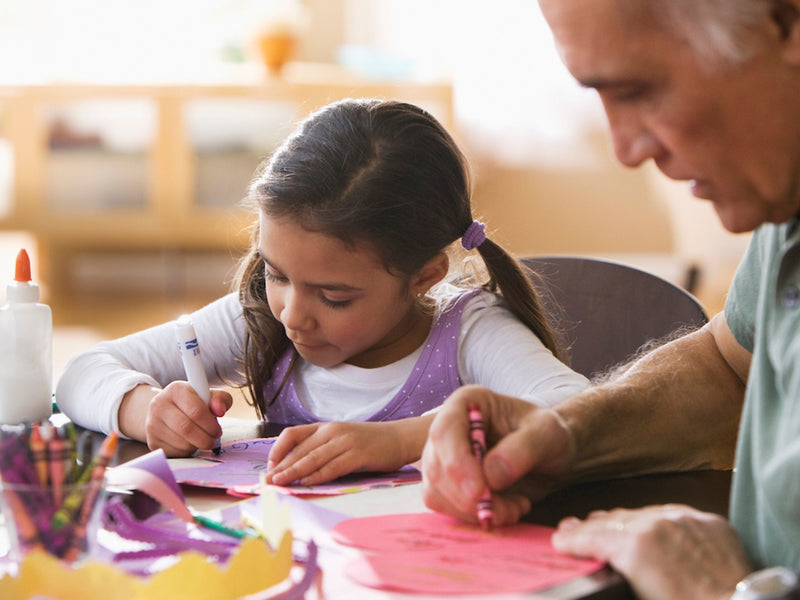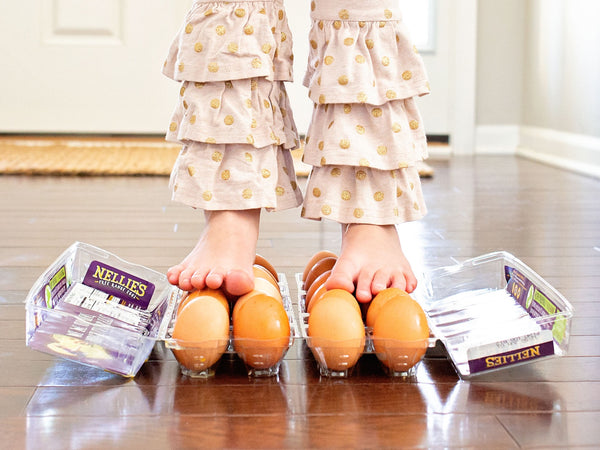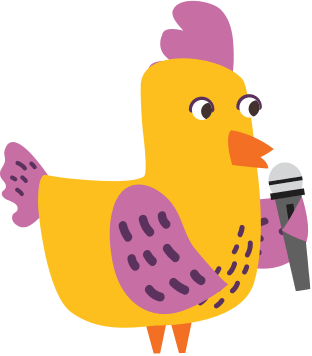
Making your own board game for family game night not only gets the creative juices flowing, but also brings the family together.
Even better, you'll finally find out which family member reigns supreme as the ultimate champion!
One of our favorite things about board games is that they're fun for all ages. Most kids (and adults!) get a kick out of board games, and there's something even more special about creating one with the family. Making your own board game requires some creativity, brainstorming, and crafting, but there are some steps that can help guide you in the process.
Supplies
You'll only need a few types of materials to make your board game, and quantities will vary depending on how many players, game boards, and themes you want to include. Here are some ideas to get you started:
- Cardboard, paper, or a small poster board
- Markers
- Die or dice
- Figurines (whatever you have at home)
- Treasures from around the house (buttons, coins, shells)
- Treasures from outdoors (pine cones, acorns, small stones,)
- Glue or tape
- Empty Nellie's egg carton
How to make your board game
Once you've gathered all your supplies, it's time to do some brainstorming!
Step 1: Pick a theme
Decide on a theme for the game. Here are some suggestions, but get as creative as you like:
- Life on the farm
- Adventure (space, underwater, jungle, time travel)
- Base it on an real life activity (grocery shopping, school, gardening)
- A favorite movie
- A favorite book
- A landmark where you live
- A family favorite board game
Step 2: Make the rules
After you've chosen the theme of your game, the next step is to sketch the board and think about the rules. Deciding on the rules and the "look" of your board game is the most important step for a game that runs smoothly, so make sure to put aside some time to brainstorm, sketch, and write down your rules. Parents can lend a hand by asking questions and thinking through different scenarios.
Your sketches can also act as a guide when you put your board game together. The sketch can be a detailed or simple as you want, but laying out your ideas on paper will make building the game a breeze.
Step 3: Make your board
Once you have your rules and sketches, draw your own board game on cardboard, poster board, empty egg cartons, or paper found around your house. You can design your board using simple tools like pens, pencils, markers, and paint, and you can even jazz it up with glitter, pom poms, or string. The sky's the limit!
Step 4: Make your game pieces
Make game pieces from small objects you find around the house or outdoors. Remember to make enough for every player. You can even customize your game pieces by painting them!
Step 5: Decide how you want to move the pieces
You can draw cards, use a spinner, throw dice, or do a combination of the three. If you're up to the task, use paint and an empty eggshell to make your own specialized dice or spinner.
Step 6: Add rewards and challenges
With your game rules in mind, decide on some rewards and challenges that fit with your theme. Put them on the board or create game cards by cutting index cards in half. Here are some examples:
- Oops, you cracked an egg! Go back five spaces.
- The dog ate your homework assignment. Go back one space.
- You rolled doubles! Collect five acorns.
- The player to your left forgot their lunch. Take two eggs from their carton.
- Make a funny face or lose the game.
Step 7: Play the game
Now it's time to play! Gather your family together for game night and walk them through the rules of the game. Have everyone choose their game pieces and get ready for a night filled with excitement!









